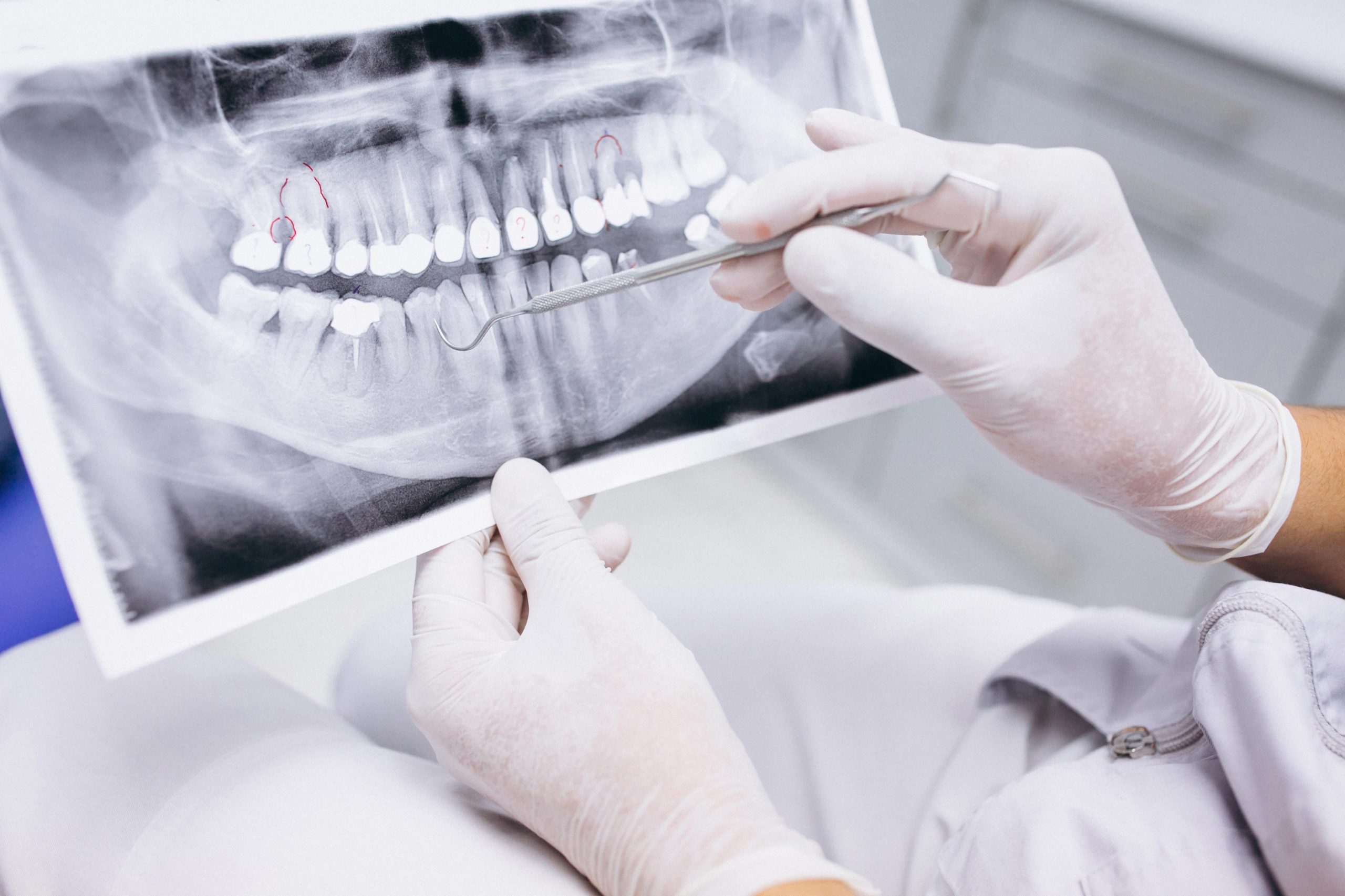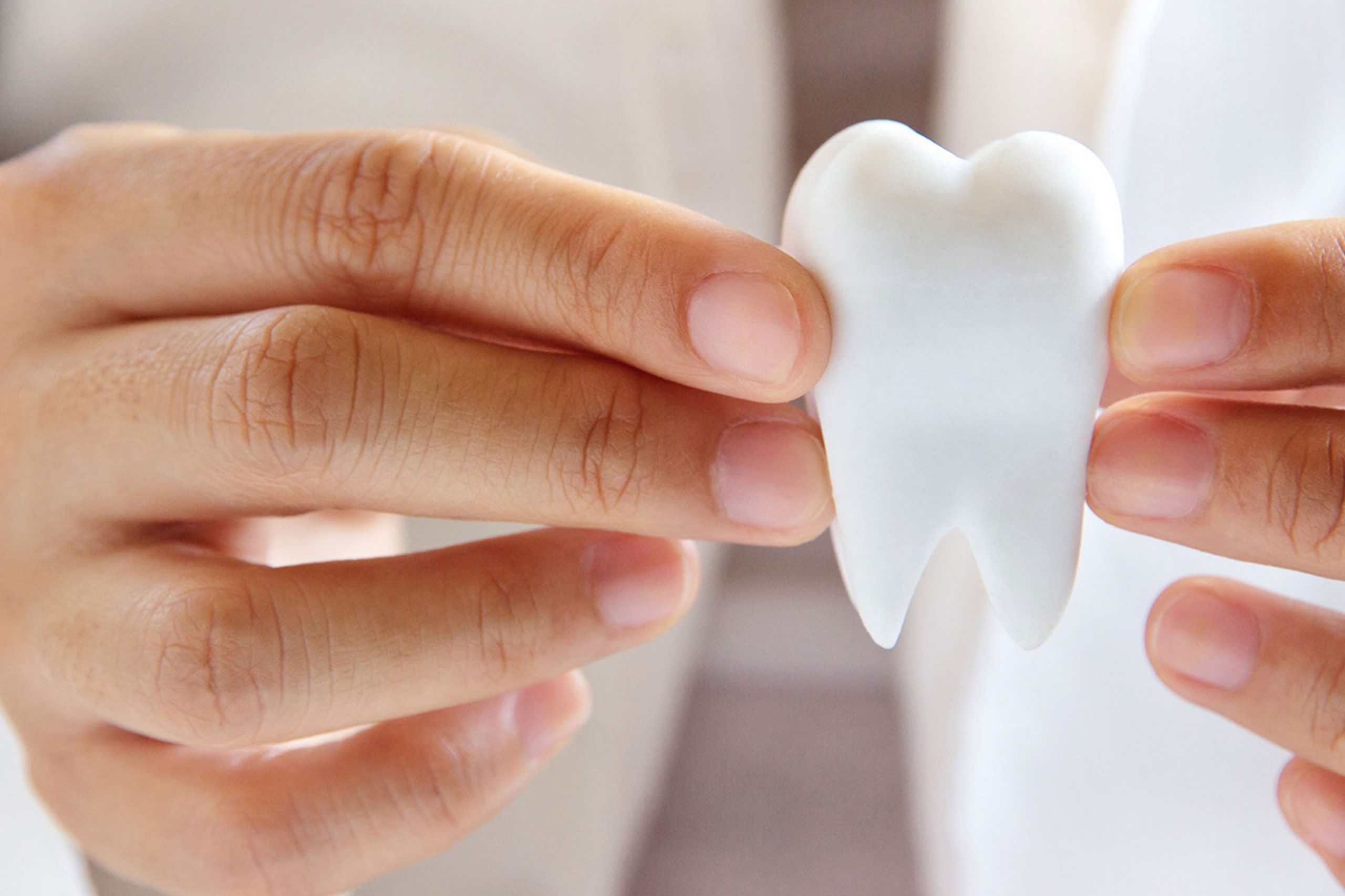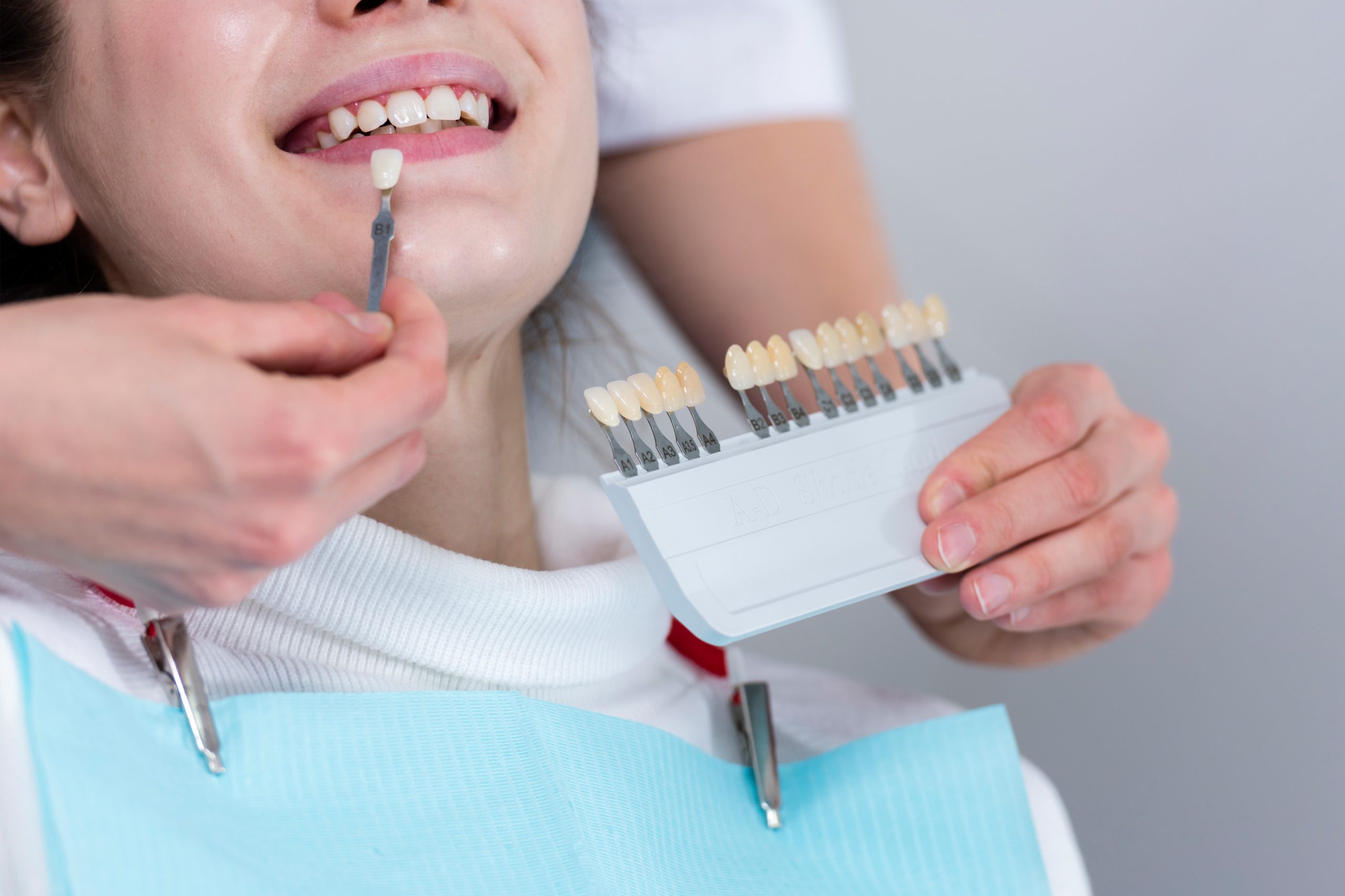Dental Implants are a well-liked option for patients who want to rejuvenate their smile, improve their appearance and boost their confidence.
A small gap even if isn’t at the front of your mouth and is unnoticeable, can cause bone degradation. Eventually cause the teeth around it to migrate affecting how you chew and talk also as adversely affect your facial structure.
Implants are an easy, effective and minimally invasive solution for missing teeth to restore your smile. Implants are great alternative for replacing loose-fitting Dentures.
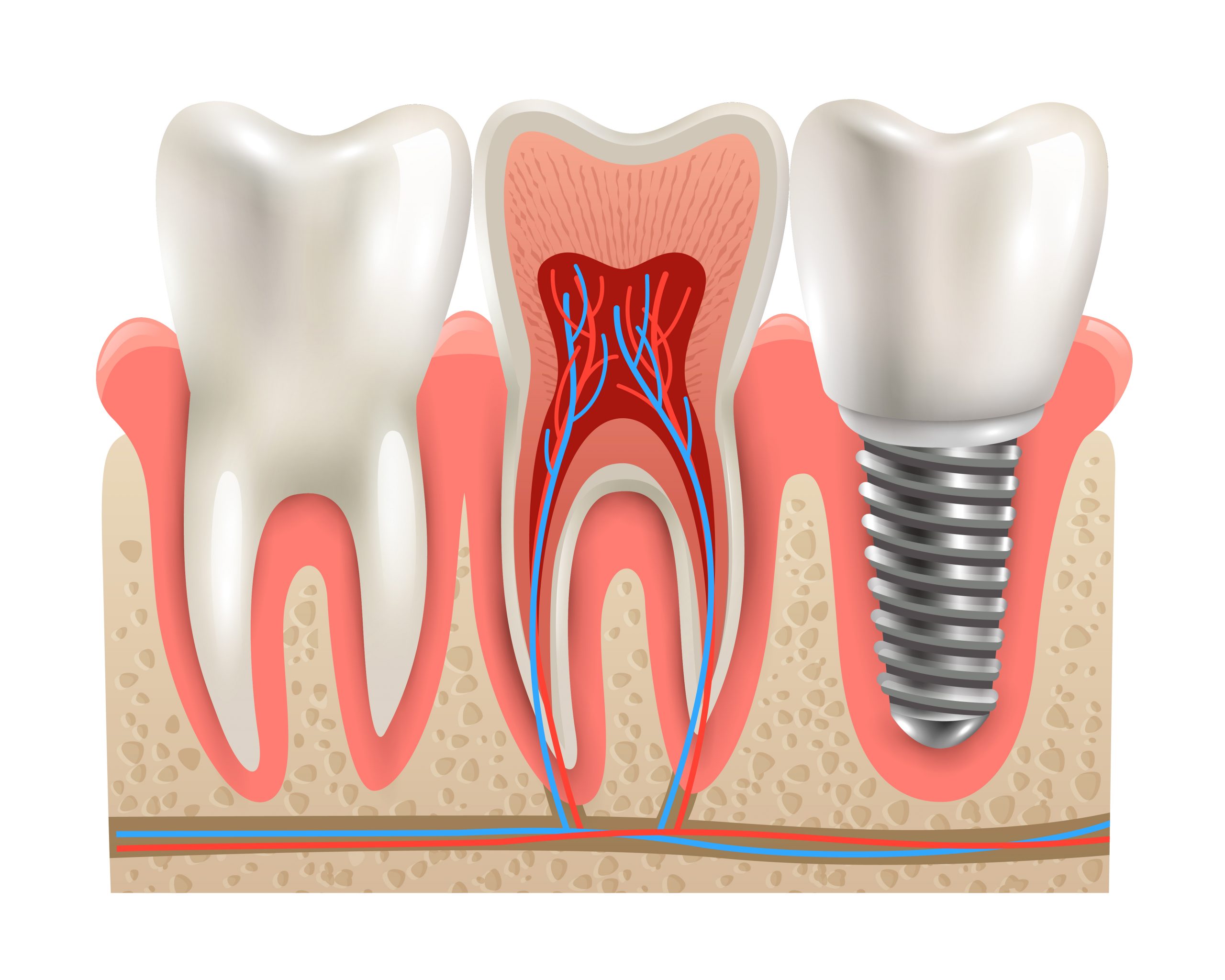
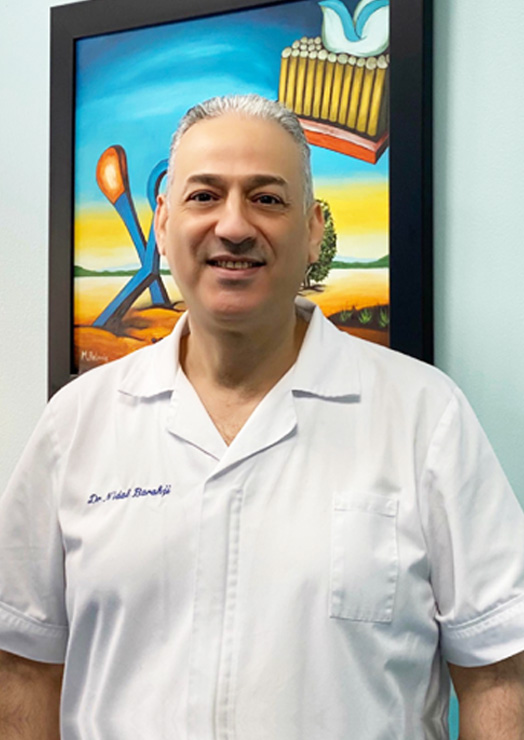
The Process for Dental Implants
At your first appointment, you’ll receive an examination from one of our implant Dentists. The implant process will be explained to you through imaging and models. X-rays could also be taken if you opt to proceed with the treatment to make sure your jaw is robust enough to support the Implant.
- At your next appointment, the first tooth is going to be extracted if it’s still there before fitting you with the titanium post or posts under an area anesthetic or IV sedation.
- Multiple posts are often fitted in one appointment if you’re having quite one Implant.
- Once the gum has healed, we’ll take an impact of your mouth so as to style the ceramic prosthesis.
- The final step is to connect the prosthesis to the titanium Implant.
- You will be fitted with a short-lived Resin Bridge within the case of full teeth replacement to offer the Implants time to stabilize.
Types of Dental Implants
All you need to know about Dental implants
- Look and feel like your own teeth.
- Enable you to speak without the worry that teeth might slip.
- They become part of you unlike removable dentures.
- It functions like your own teeth enabling you to eat with confidence
- Revives your smile & helps you feel better.
- Over all improved long term oral health.
- Durable and with good care, many implants last a lifetime.
- It eliminates the embarrassment of removable dentures, as well as the need for messy adhesives to keep them in place.
Eliminates the necessity for Bone Grafting
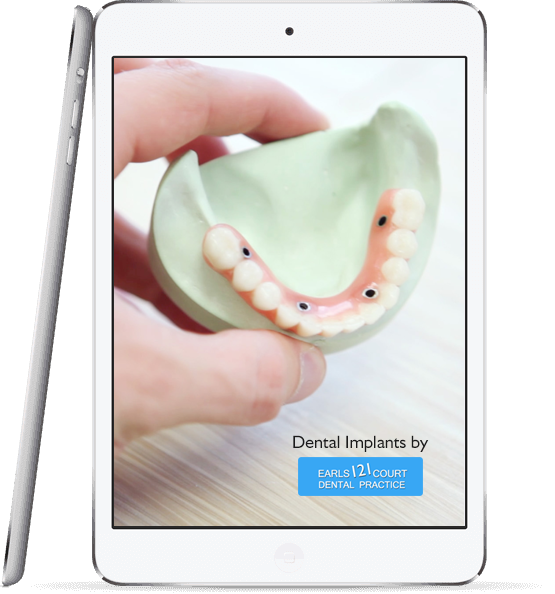
Traditional Dental Implants aren’t always suitable for patients who don’t have adequate bone mass.
All-on-4 and All-on-6 Implants are often inserted with a tilt in order that partial or full sets of upper or lower teeth are often attached to the stable implant structure.

